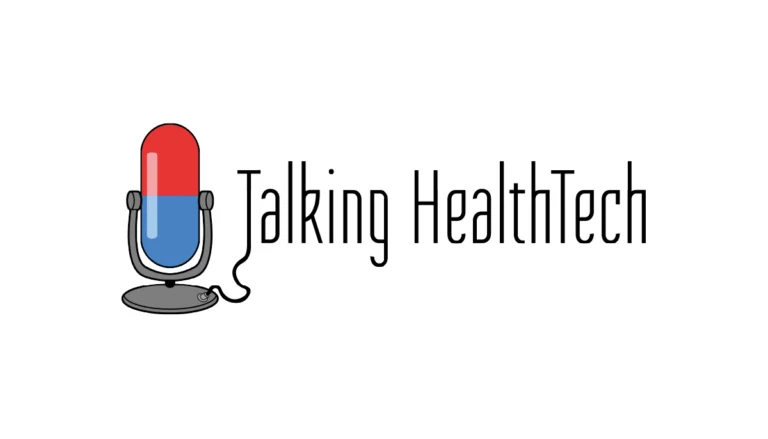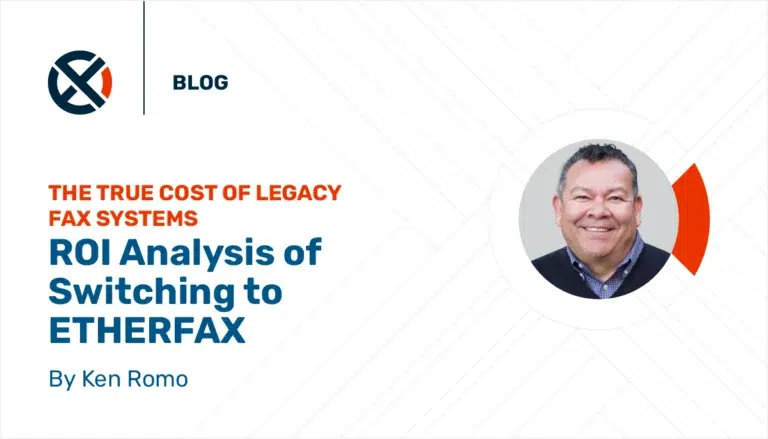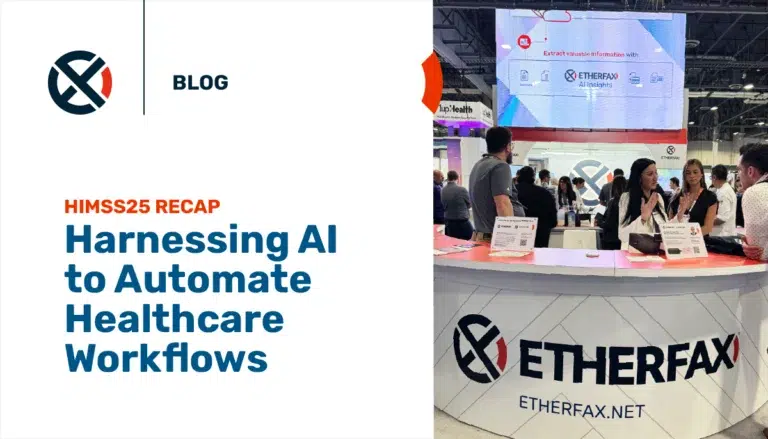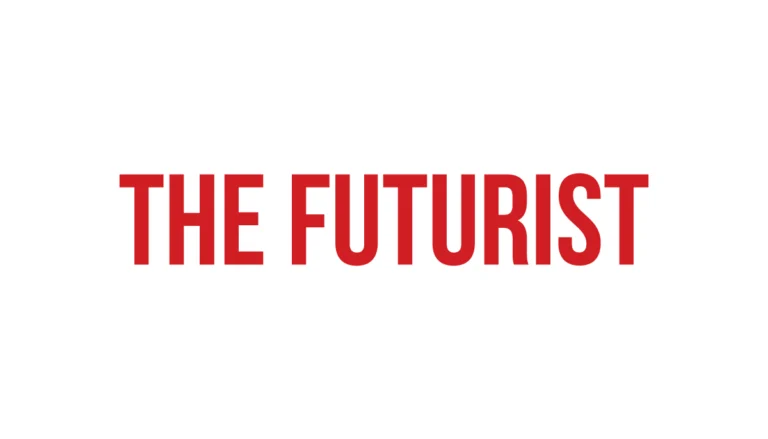Jan 23, 2018

The report signaled an urgent call to action for the healthcare sector to increase cybersecurity and the American Health Information Management Association didn’t waste any time in crafting a plan. Their full document, titled “AHIMA Guidelines: The Cybersecurity Plan,” stresses the importance of encrypting work stations, smartphones, tablets, and portable media, the importance of utilizing advanced security endpoint solutions and the need to implement a disaster recovery plan.
While the exchange of electronic data is important to improve patient care – security, confidentiality, and protecting patient health information (PHI) need to be the primary focus for every healthcare organization. To guarantee secure communications, ETHERFAX has implemented multiple defense-in-depth strategies including end-to-end encryption.
With a total of six million connected endpoints, the ETHERFAX Secure Exchange Network (SEN) is the world’s largest ecosystem supporting every major fax server, application and fax-enabled device. As a fully HIPAA compliant internet fax solution, ETHERFAX SEN has the ability to route documents and faxes to other ETHERFAX peers within the ETHERFAX network to ensure sensitive data and PHI is never transmitted through an external telephone network.
To securely transfer information such as PHI between two endpoints, ETHERFAX SENx utilizes well-defined end-to-end encryption methods such as those defined in the Elliptic Curve Integrated Encryption Scheme (ECIES). The hybrid encryption scheme uses Elliptic Curve Cryptography to generate a shared secret between peers to seed the encryption process with unique keying material while signing and authentication mechanisms assure the validity of the data in transit.
Lastly, ETHERFAX’s entire network and data center operations have been built with multiple layers of redundancy to ensure reliability, performance and uptime. ETHERFAX Disaster Recovery (DR) guarantees uptime when existing telephony equipment fails due to technical failures, catastrophic events or natural disasters. Our global team and strategically located data centers in North America, Europe, and Asia continuously monitor events around the clock to ensure that all transmissions remain secure.
To ensure your healthcare organization is protected against potential cyberattacks, contact us today.




